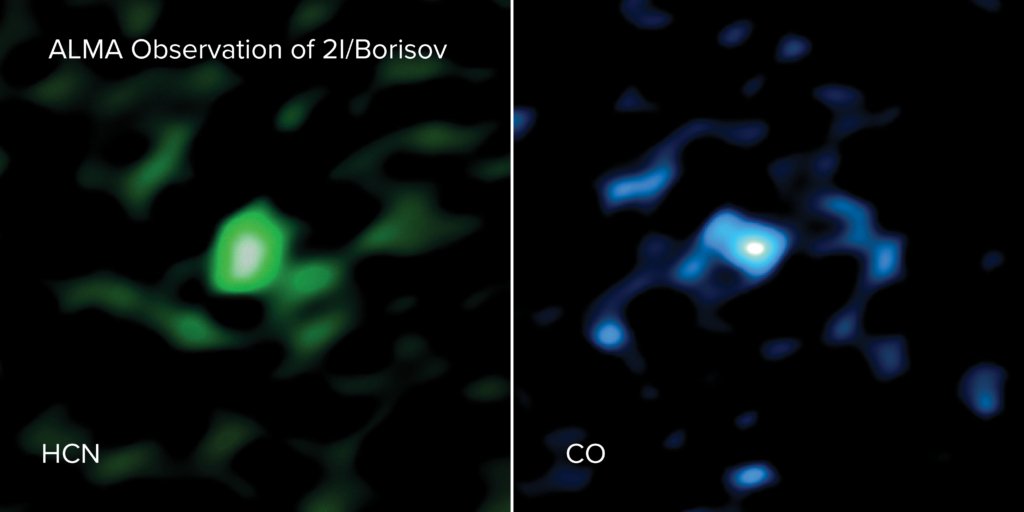Scientists reveal ‘dramatically different’ discovery about first interstellar comet ‘Oumuamua
A strangely-shaped rocky object that journeyed into our solar system last year is emitting an unexpected amount of carbon monoxide, according to a team of experts – up to 26 times higher than that of the average comet.
Scientists turned the hugely powerful Atacama Large Millimeter/submillimeter Array (ALMA) onto the first known interstellar visitor dubbed ‘Oumuamua (the Hawaiian word for messenger) in mid-December 2019, shortly after it was first spotted, in order to closely study its composition and properties.
“This is the first time we’ve ever looked inside a comet from outside our solar system,” said astrochemist and study author Martin Cordiner, “and it is dramatically different from most other comets we’ve seen before.”
Also on rt.com Fresh Jupiter snaps make gas giant look like breathtaking piece of modern art (VIDEO, PHOTOS)Published online Monday in the journal Nature Astronomy, the study found two molecules being ejected in gases from the comet – hydrogen cyanide (HCN) and carbon monoxide (CO). The sheer quantity of the latter stunned the research team, who say it gives good clues as to where ‘Oumuamua originated. They suspect it likely formed from material high in CO ice, found only in extremely cold areas of space.
If the gases we observed reflect the composition of [the comet’s] birthplace, then it shows that it may have formed in a different way than our own solar system comets, in an extremely cold, outer region of a distant planetary system.

The team added that their discovery has prompted more questions about the comet, many of which can likely only be further explored by comparing it to other – as of yet unencountered – interstellar comets. However, the information that has been gleaned so far, “gave us the first glimpse into the chemistry that shaped another planetary system,” said planetary scientist and the study’s co-author, Stefanie Milam.
Astronomers have already revealed some of ‘Oumuamua’s most peculiar properties, with one recent study suggesting its unusual shape is down to it being ripped apart by a parent star and fired off out into space.
Think your friends would be interested? Share this story!














